In order to answer these questions, it is important to know why this class diagram is drawn. Only the author knows, but maybe it is just a demonstration of the capabilities of gliffy? Otherwise, maybe the classes in this model correspond to classes in source code, written in an object-oriented language like Java or C# and that the diagram is aimed to give insight in the relationships among these classes.
Why is Customer-Order and Customer-Credit Card an association and not aggregation like Customer-Address?
Apparently, the author does not regard these relationships to be 'part-of' relationships. Maybe Customer does not have any reference to Orders or CreditCards in the source code. Maybe Address information belongs to the responsibility of class Customer, but Order and Credit Card information do not.
Why is Order-ItemOrder not composition given that ItemOrder would not exist without an Order?
Maybe the author only uses a subset of UML and does not use composition by convention. Maybe the author thinks the difference between aggregation and composition is not important to convey for the purpose of this diagram.
Why is ItemOrder-Item not aggregation?
Apparently, the author does not regard this relationship to be a part-of relationship. Maybe the author has reserved the aggregation type of relationship to represent one particular programming language construct, which is not used in this case in the source code. Maybe the author has the opinion that an interface can never be aggregated in another class.
By the way, the aggregation between ItemOrder and ShoppingCart is clearly wrong. I think the diamond should be on the other side of the relationship.
